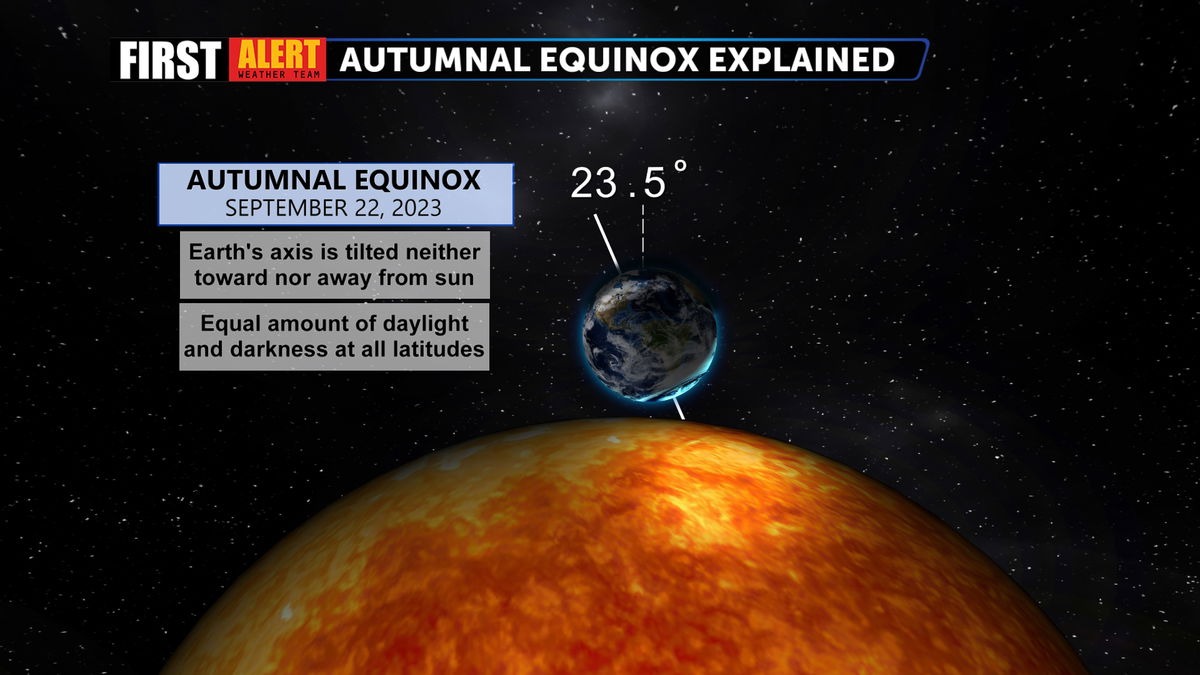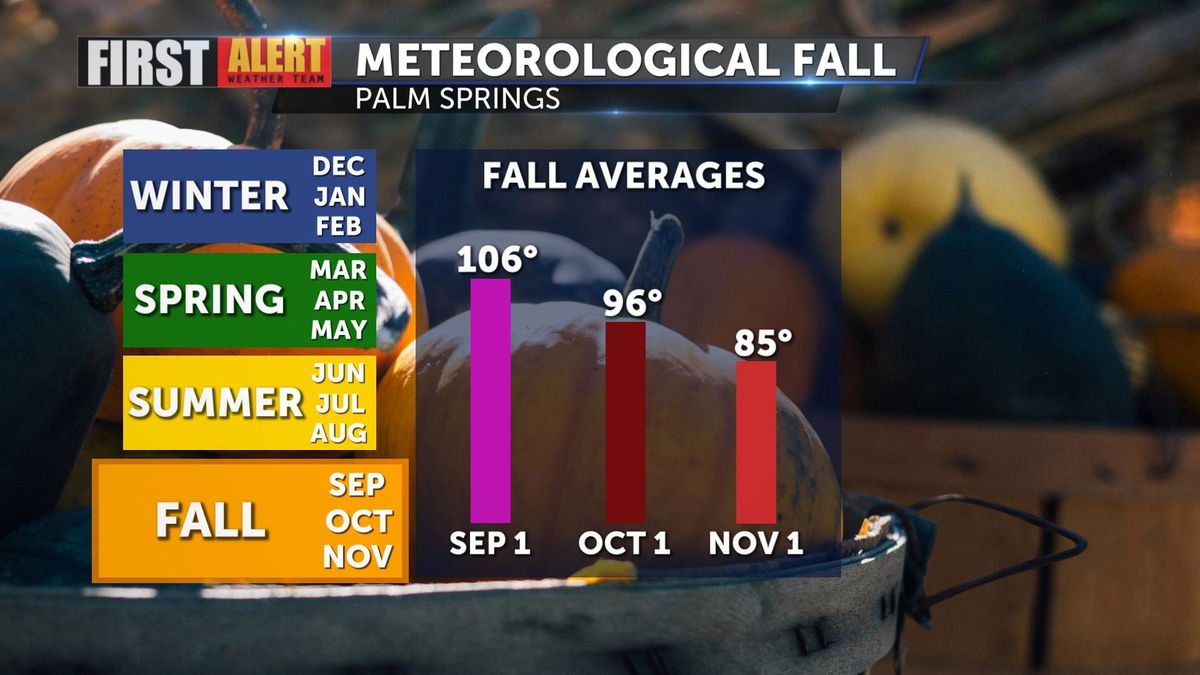Insider Blog: What’s the difference between astronomical and meteorological seasons?

Now that Labor Day has passed, many people will say that we are now in autumn, unofficially at least. But that begs the question, when is the official start of fall? Well, there’s a few ways to answer that question depending on who you ask. If you ask an astronomer, they will tell you the season starts on the autumnal equinox around September 22nd. However, if you ask an atmospheric scientist, they will tell you that fall began on September 1st.

The reason we have seasons in the first place is because of the tilt of Earth’s axis. Earth’s axis is tilted about 23.5°. This means that at different times of the year, different parts of the globe are pointed either away or toward the sun. During summer, the northern hemisphere is pointed toward the sun and is pointed away from the sun in the winter. The opposite is true for the southern hemisphere, which is why summers and winters are flipped in the southern hemisphere.

A solstice occurs when a given hemisphere is pointing most directly at the sun. The summer and winter solstices occur when the northern hemisphere points directly toward or away from the sun respectively. The vernal (spring) and autumnal (fall) equinoxes mark the halfway points between the two solstices. They are called equinoxes, meaning “equal night” in Latin, because there is a near equal amount of daytime and nighttime across the globe, regardless of latitude.

In the world of meteorology, the calendar is broken up into four three-month groups. Each group represents a season. December, January and February are winter. March, April and May are spring. June, July and August are summer. And September, October and November represent fall. This is done mainly to help simplify data collection and analysis.

Have you downloaded the 'KESQ First Alert' app yet? It's FREE! Click here.

You'll stay up-to-date with the latest weather videos. In addition, be able to monitor the changing conditions from wherever you are!


